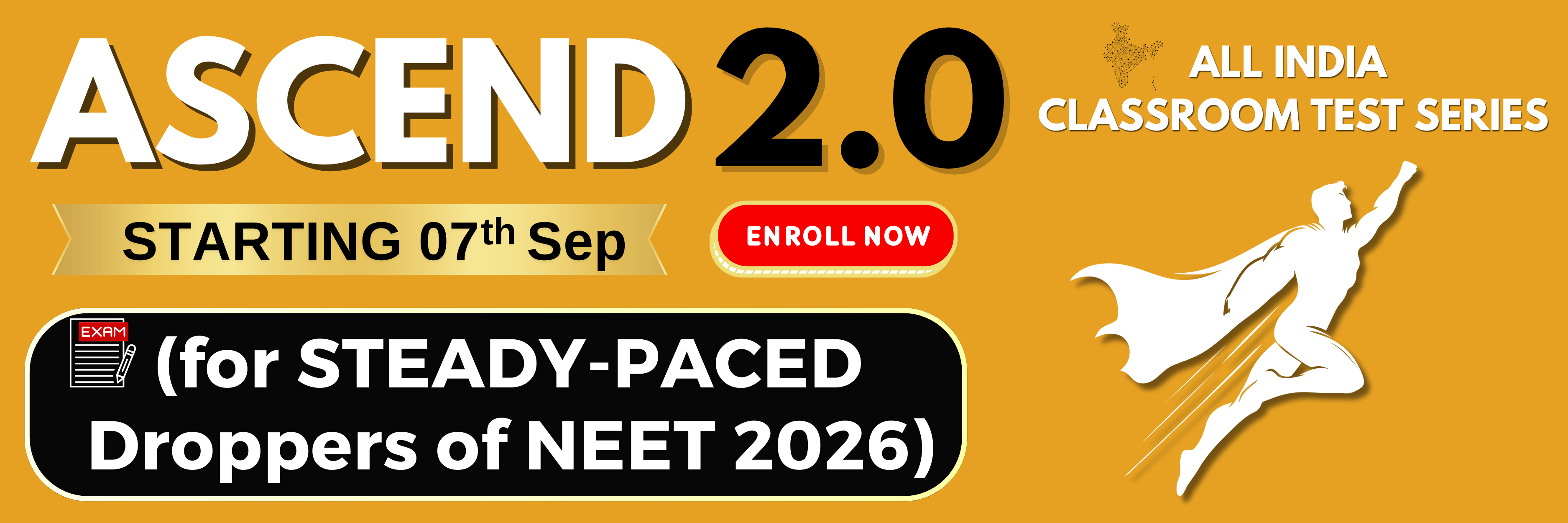The DNA dependent DNA polymerases catalyze:
1. Only in 3'-5' direction
2. Only in 5'-3' direction
3. In both directions
4. In neither directions
What is the major difference between the lagging and leading strands during DNA replication ?
1. On the leading strand, DNA synthesis occurs from 5' to 3', while DNA synthesis occurs from 3' to 5' on the lagging strand.
2. DNA polymerase is able to continuously add new nucleotides on the leading strand while it must keep 'starting over' on the lagging strand.
3. The lagging strand requires only a single primer while the leading strand requires many.
4. Helicase opens the leading stran at a faster rate than the lagging strand.
In DNA replication, the Okazaki fragments on the lagging strand are joined together by:
1. DNA ligase
2. DNA polymerase
3. Primase
4. Helicase
Consider the following statements:
I. Deoxyribonucleoside triphosphates act as substrates as well as provide energy for polymerization reaction during DNA replication.
II. The replication of DNA is both semiconsenvative and semi- discontinuous
III. In bacterial DNA replication there are multiple ori and replication fork moves bi-directionally
Which of the above statements are true?
1. I and II only
2. I and III only
3. II and III only
4. I, II and III
During DNA replication, Okazaki fragments are used to elongate
(1) The leading strand towards replication fork
(2) The lagging strand towards replication fork
(3) The leading strand away from replication fork
(2) The lagging strand away from replication fork
The Okazaki fragments in DNA chain growth:
(1) result in transcription
(2) polymerize in the 3’-to-5’ direction and forms replication fork
(3) prove semi-conservative nature of DNA replication
(4) polymerize in the 5’-to-3’ direction and explain 3’-to-5’ DNA replication
Okazaki fragments are proportions of DNA
(1) synthesized on the leading strand of DNA replication fork
(2) synthesized on the lagging strand of DNA replication fork
(3) produced during the digestion of DNA by restriction endonucleases
(4) none of the above
Which one of the following correctly represents the manner of replication of DNA?
(1)
(2)
(3)
(4)
What is incorrect about the following figure representing DNA replication?
(1) The direction of DNA replication in strand (i).
(2) The direction of DNA replication in strand (ii).
(3) Discontinuous replication of strand (i)
(4) Discontinuous replication of strand (ii).
Okazaki is known for his contribution to the understanding of
(1) transcription
(2) translation
(3) DNA replication
(4) mutation











